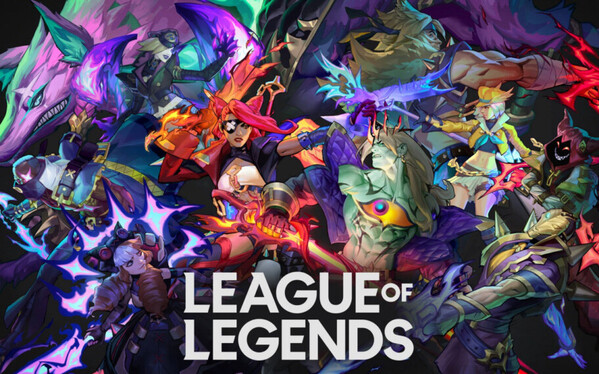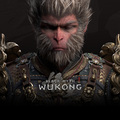Advertisement
Popular Now
Introduction
Since its release in 2009, League of Legends (LoL) has undergone significant changes, with champion balance being one of the most dynamic and controversial aspects. Riot Games faces the challenge of maintaining a fair and enjoyable experience while introducing new champions, reworking old ones, and adjusting gameplay mechanics. This article explores how champion balancing has evolved over the years, examining the complexities of balancing power, community feedback, and professional play.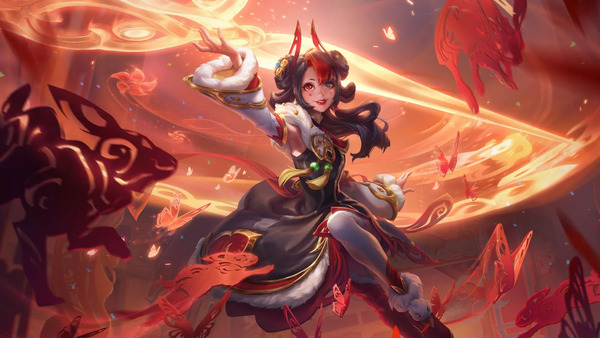
The Early Years: Establishing Champion Roles
In the early days, League of Legends focused on creating diverse champions with distinct roles. Riot’s efforts were aimed at building a broad champion pool, though balancing was less refined, with several champions being overpowered or underpowered.Power Creep and Unbalanced Champions
As new champions were introduced, power creep emerged, with newer champions often stronger than older ones. Riot addressed these imbalances through buffs and nerfs to maintain fairness across the board.The Role of Reworks: Addressing Weak or Outdated Champions
Champion reworks became a vital tool for Riot, allowing them to overhaul outdated champions and bring them back into balance. However, reworks also shifted the gameplay meta and affected players’ strategies.Impact of Reworks on Gameplay
Reworks often revitalized underperforming champions, but could also disrupt the balance, leading to mixed reactions from the community. Champions like Ryze and Aatrox saw multiple reworks as Riot sought to find the right balance.The Struggle with Power Creep
As more champions were added, Riot faced increasing issues with power creep. New champions were sometimes overpowered, causing imbalance in gameplay.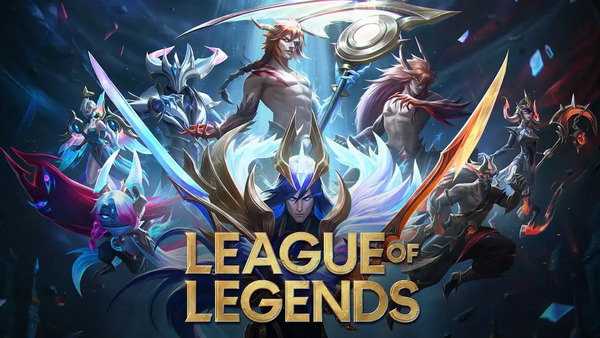
Managing Power Creep
Riot’s response to power creep involved regularly adjusting the power levels of champions. However, the challenge remained in preventing newer champions from overshadowing older ones.Patch Cycles and Shifting Metas
Frequent patch cycles are key to maintaining balance in League of Legends. These patches often involve champion buffs, nerfs, and changes that affect the game’s meta.Challenges with Over-Nerfing
Sometimes, champions were nerfed too much, leading to their loss of viability. Riot constantly works to avoid over-correcting with changes that leave champions unplayable.The Influence of Professional Play
The competitive scene plays a significant role in champion balancing. Riot must balance champions for both casual players and professionals, as the meta in competitive play can differ significantly from regular gameplay.Champion Picks in Pro Play
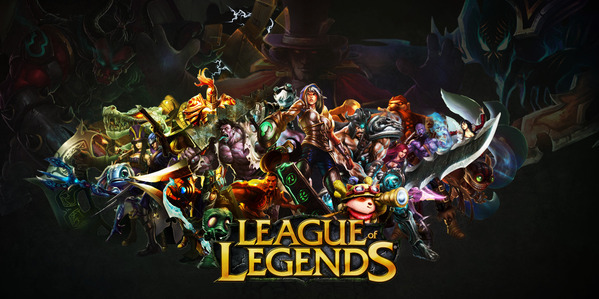 Some champions become staples in professional play due to their strong performance, leading Riot to monitor professional tournaments for potential balance issues.
Some champions become staples in professional play due to their strong performance, leading Riot to monitor professional tournaments for potential balance issues.










